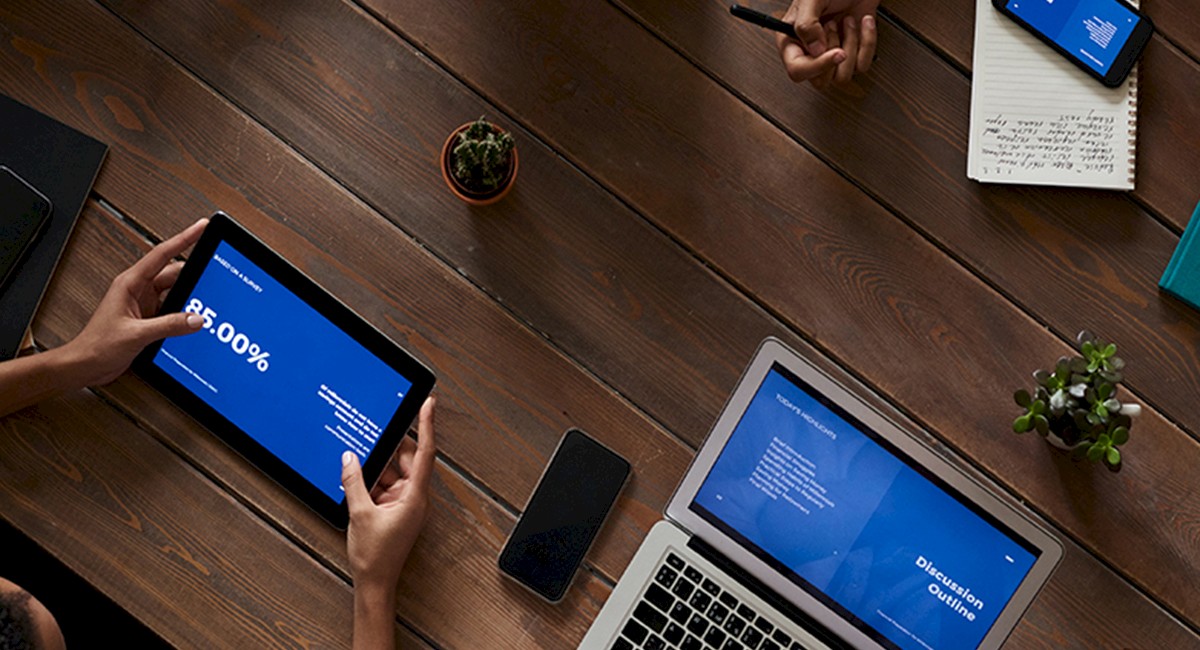
Intrinsic Inclusion: Learning How to Reboot Our Brains
In October, Inspire participated in a virtual diversity and inclusion training, led by V. Randolph Brown Consulting and invited clients to join us. As Inspire ramps up our diversity and inclusion efforts, we recognized the importance of bringing our team and clients together to consider our own biases and how we can consciously work through them to be more inclusive in the work we do and in our everyday lives.
Below are five main takeaways from the presentation and our conversations.
- Biases thrive in volatility, uncertainty, complexity and ambiguity, all of which we’re experiencing now with COVID-19 and social unrest. We have experienced nearly a year of not knowing the consequences of our actions and being unfamiliar with everything going on. Because of this, we must be hyperaware of keeping our biases in-check and not letting the stressors of 2020 allow our biases take over.
- It’s not enough to be diverse; we also need to be inclusive. The V. Randolph Brown team defined diversity as all the ways people are different from and similar to each other and inclusion as the intentional act of engaging, involving, appreciating and valuing diverse people to achieve a positive outcome. It’s clear when reading these definitions that it is possible to be diverse without being inclusive, so we must learn how to accomplish both.
To help illustrate our unconscious bias, we watched this video, which moved many of us to tears: https://www.youtube.com/watch?v=jD8tjhVO1Tc
- There’s power in pausing before you make judgments. In seven seconds, the brain makes 11 impressions and snap judgments about people, including their education level, economic level, sexual identity, credibility, trustworthiness, level of sophistication, level of success, political beliefs, religious beliefs, ethnicity and desirability. And we’re usually wrong. Unless we pause, we may stereotype. There’s nothing we can do to stop that process in our brains, but what we can do is pause before we act on our judgments to reconsider them.
- Relatedness, competence and autonomy are key for being intrinsic inclusive. Intrinsically inclusive people naturally seek people who are like and unlike themselves, have a natural curiosity and deeper understanding of others, have less unjustified fear of those who are different, make mistakes and learn from them and champion diversity and inclusion. When learning to be intrinsically inclusive, it’s important to practice these behaviors.
- We must be active and vocal in our intrinsic inclusion. We pondered this Dr. Martin Luther King Jr. quote: “It may well be that we will have to repent in this generation. Not merely for the vitriolic words and the violent actions of the bad people, but for the appalling silence and indifference of the good people.” We discussed the ways this quote is still relevant today, nearly 60 years later, and how we can work to change that through intrinsic inclusion.
V. Randolph Brown Consulting leads powerful diversity and inclusion trainings for groups of all sizes and has been doing so virtually the past few months. To book your own training and learn more visit https://vrandolphbrown.com.
